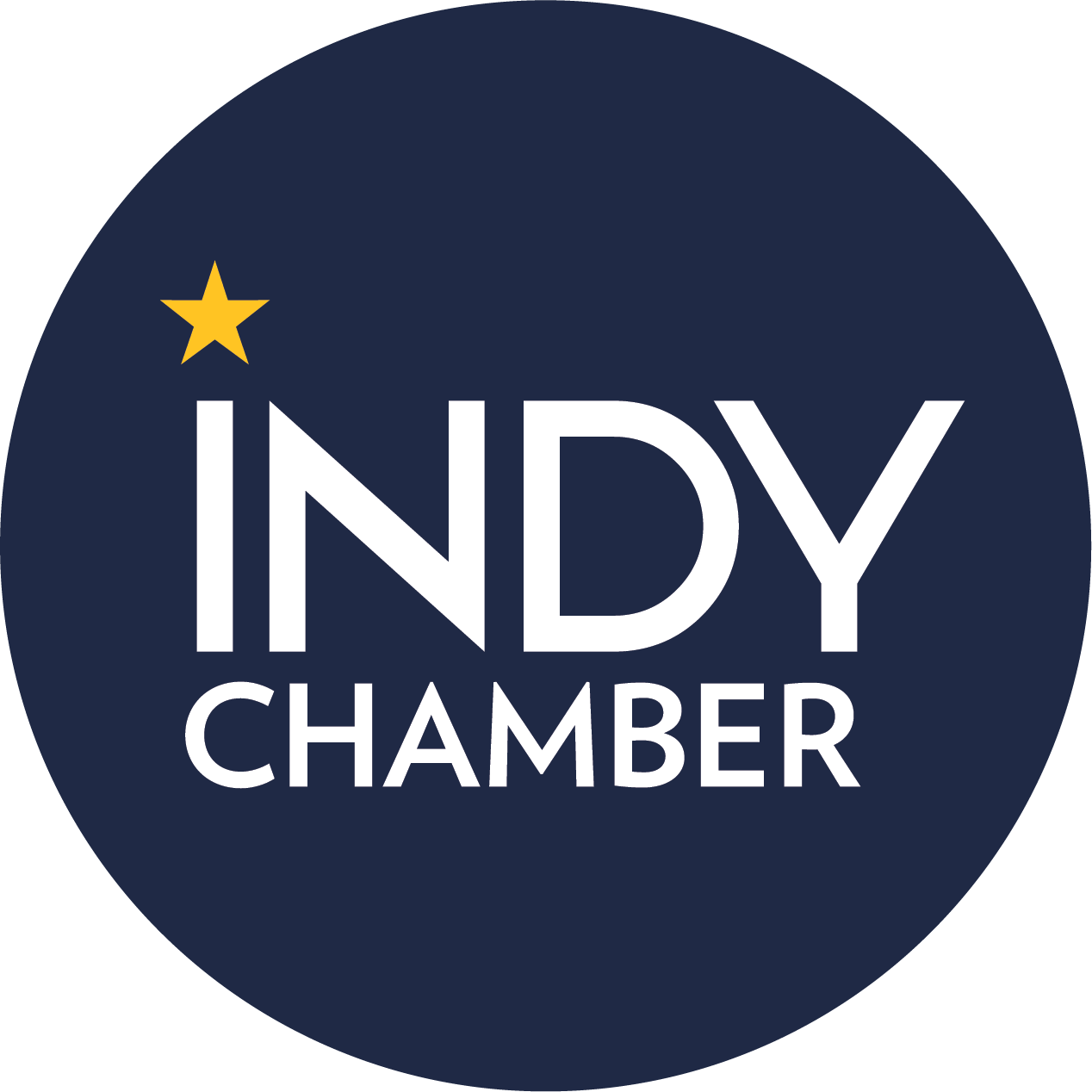2019 Legislative Priorities

Economic Growth
State and Local Economic Development
Convention, Sports and Tourism:
GOAL: Continue the momentum of Indianapolis’ convention and sporting industries by expanding current funding mechanisms. Leverage these resources to support expansion of the convention hotel footprint and prioritize existing facility investments. Provide for the sustainable operations of the Indianapolis Capital Improvement Board and support existing franchises, including the development of professional soccer
OUTCOME: SB7 expanded the downtown professional sports development area (PSDA), and extended the life of various Capital Improvement Board revenue streams to enable the continued investment in the decades-long public-private convention and sporting strategy. The bill allows for significant improvements to aging facilities, ensures a long-term lease agreement with the Pacers, and enables the development of Eleven Park and the growth of the world’s most popular sport in Indianapolis.
HB1115 (Tourism Development) also creates a statewide agency similar to Visit Indy to bolster Indiana’s tourism strategy.
Tax Increment Financing:
GOAL: Maximize the ability of local government units to respond to redevelopment and economic development opportunities through utilization of Tax Increment Financing (TIF) districts
OUTCOME: SB566 creates a new type of residential TIF, a tool for redevelopment commissions to encourage residential housing development (improvements in the bill allow the TIF to be applied equally to meet workforce housing demand in rural and urban areas alike). Various efforts to restrict TIF funding for much-needed workforce development investments were unsuccessful.
Certified Tech Parks:
GOAL: Increase the Certified Technology Park (CTP) tax capture allowance from the current $5 million cap to allow high performing CTPs to increase public-private investment in the CTP and surrounding areas
OUTCOME: SB563 allows longer renewal periods and flexible funding for Certified Tech Parks and allowed CTPs to capture an additional $100,000 annually to continue investment and operations in high-performing CTPs.
Entrepreneurship and Innovation Investments:
GOAL: Support policies that can improve the State’s capital environment and nurture innovative activity through:
- Maintain permanence of the state’s Research and Development, Hoosier Business Investment, and Venture Capital Investment tax credit programs.
- Increase funding for the 21st Century Research and Technology Fund to support industry driven initiatives.
- Maximize immediate value of state EDGE and VCI tax credit by allowing recipients to transfer credits for cash value
- Enhancing flexibility for public investment in venture capital funds that invest in Indiana companies
- Enhancing funding to support more university-sponsored grant programs and seed funding for applied research and commercialization
OUTCOME: SB563 establishes small business innovation vouchers to increase access to R&D resources and technical assistance programs offered by state universities or other research institutions. It also updates qualified investments (under the Hoosier Business Investment tax credit) to include digital manufacturing equipment, and also extends the credit to apply against state retail and sales taxes.
The bill also expands the headquarters relocation tax credit so high-potential, venture-backed firms qualify and creates a new redevelopment tax credit, to encourage new investment in underutilized properties.
Along with new tax breaks for large data centers (HB1405) and funding of the 21st Century Research & Technology Fund, the budget provided funding for the Business Promotion & Innovation Fund ($15.5 and $17 million in 2020 and ‘21), to cover key regional projects and new economic development programs like better air service connectivity and development of a forth port on the Ohio River.
Advanced Telecommunications:
GOAL: Support efforts by telecommunications providers to transition their networks from old legacy technology to an advanced all-IP, all-mobile and all-cloud infrastructure
OUTCOME: SB460 and HB1001 creates and funds the Next Level Connections program to expand broadband internet deployment.
Community Redevelopment & Investment
Regional Cities Initiative:
GOAL: Promote regional cooperation and strategic quality of life investments through the IEDC’s Regional Cities Initiative (RCI):
- Support the development of clear metrics to measure success or return on investment of the Regional Cities Initiative from application to project implementation and beyond
- Increase funding for technical assistance and planning grants for regional development authorities
- Encourage the creation of federally recognized Economic Development Districts
- Support the creation of a Regional Development Tax Credit to expand investment in quality of life projects and the productive reuse of brownfield sites
OUTCOME: The Regional Cities Fund was eliminated in the budget, but funding for Regional Cities projects was provided in the Business Promotion & Innovation Fund. The new Redevelopment Tax Credit provides preferential weighting for sites requiring environmental remediation and brownfields over 50 acres designated as a qualified investment.
Historic Rehabilitation:
GOAL: Increase state funding and incentives to encourage redevelopment and investment in aging commercial, industrial and residential properties.
OUTCOME: Allows for nonprofit to qualify for historic preservation and rehabilitation grants if the historic property will be used for the benefit of the organizations purpose. Increases the maximum grant from 35% to 50% qualified expenditures, not to exceed the grant ceiling of $100,000. Qualified expenditures for the history property has been reduced to $5,000 from $10,000.
In addition, HB1405 created a new food hall and alcohol permit, which is an important component of the redevelopment of the historic Coca-Cola bottling plant/IPS bus facility into the new Bottleworks District.
Shovel Ready Redevelopment:
GOAL: Support shovel ready community redevelopment efforts through the creation of a statewide grant program to fund the demolition of blighted commercial properties
OUTCOME: The redevelopment tax credit (SB563) was adapted to provide more flexibility to sites where buildings deemed a threat to health or public safety were proactively demolished (the previous “DINO” credit only applied to facilities of a certain size and age).
Food Deserts:
GOAL: Support innovative efforts to increase access to healthy food options to improve the health of Indiana resident and workforce
OUTCOME: Various bills were filed addressing food deserts and insecurity, yet little action was taken despite the rising awareness of the impact to urban and rural areas alike. We will continue to advocate for innovative solutions to address this critical issue.
Transportation, Infrastructure & Environment
Hoosier State Line:
GOAL: Maintain state support to continue operations and enhance service of the Hoosier State Line to better facilitate connectivity and economic opportunity between Indianapolis and Chicago
OUTCOME: $3 million previously allocated to support the daily service of the Hoosier State Line between Indianapolis and Chicago was not included in any version of the new budget. Service between these regions will continue 3 days a week via the Cardinal Line.
Greenways:
GOAL: Support the creation of a statewide loan or grant fund to build out of greenways and bike lanes for local communities
OUTCOME: Another $650 million will continue Governor Holcomb’s ‘Next Level Connections’ fund, which includes local trail grants and other infrastructure initiatives.
Mass Transit:
GOAL: Restore a dedicated funding stream for the Public Mass Transportation Fund (PMTF) to account for increased participation and demand of transit agencies throughout the state
OUTCOME: Legislators continued funding the Public Mass Transportation Fund at $45 million annually, and reallocated $185M to continue double-tracking upgrades to the South Shore commuter rail line in Northern Indiana (positive precedents if the Central Indiana light rail ban is ever lifted to allow future regional transit planning to evolve unfettered).
Shared & Personal Mobility:
GOAL: Capitalize on rapid advances in personal mobility and transportation by making new mobility options safe and accessible for Hoosiers, and positioning Indiana as a center of innovation for mobility solutions:
OUTCOME: HB1362 provides requirements for a peer to peer (P2P) vehicle sharing program. (and pre-empts any local ordinance, resolution, policy, or rule to regulate peer to peer vehicle sharing).
HB1649 (Electric Foot Scooters) addresses one new form of alternate personal mobility; it defines an electric foot scooter as not a motor vehicle for purposes of certain motor vehicle laws, and provides that an electric foot scooter has all rights and duties that apply to a person operating a bicycle.
Water:
GOAL: Support the creation of a statewide coordinating body to ensure sustained economic opportunity through responsible management of water resources
OUTCOME: HB1406 creates the water infrastructure assistance fund (with $20M/year in the state budget) to provide local government resources to improve water infrastructure. SB4 further creates a storm water management task force to study issues related to storm water management systems.
Legislative Priorities Index
Quick Connect Links

